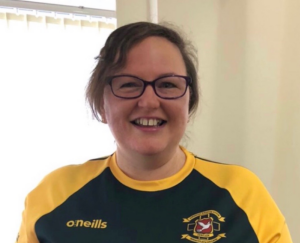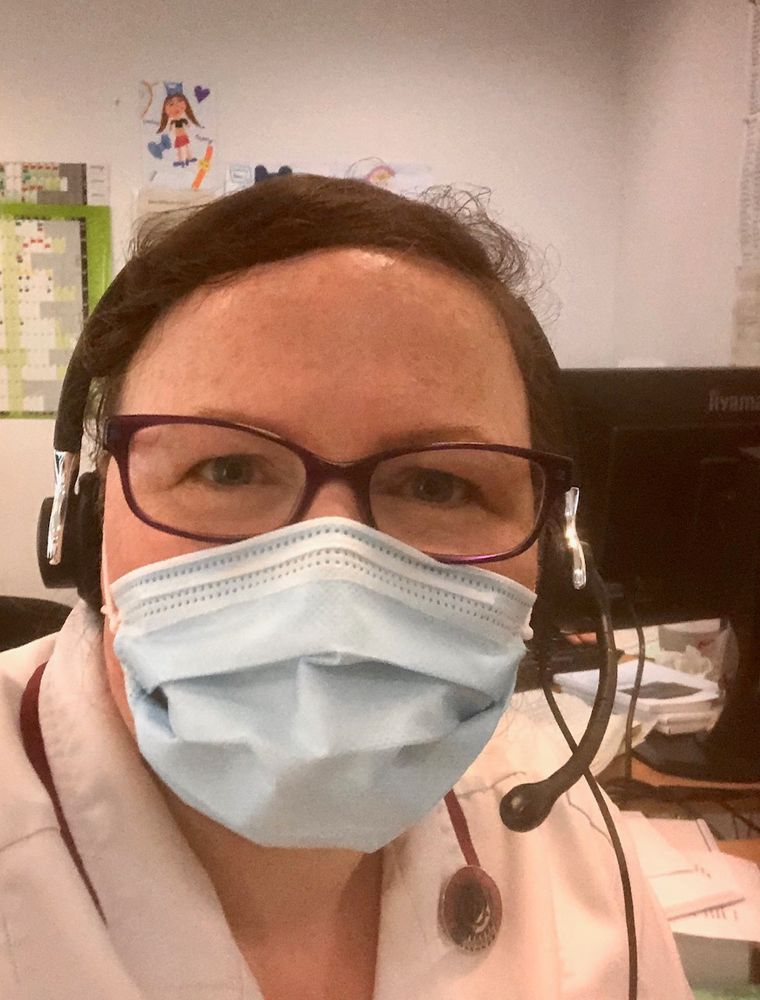 Last month, we celebrated ,100 years of the Society of Radiographers. This year is also my 10-year anniversary of becoming a therapeutic radiographer, leading me to reflect on all the changes in radiotherapy since then.
Last month, we celebrated ,100 years of the Society of Radiographers. This year is also my 10-year anniversary of becoming a therapeutic radiographer, leading me to reflect on all the changes in radiotherapy since then.I was one of a handful of mature students in my year who was changing career and qualifying from Sheffield Hallam University. I learnt about radiography quite by chance during a hospital career talk.
When I qualified, being an advanced practitioner was something I never thought would happen for me. My tutors at the time could see my potential, but it took a while for me to see it myself. Four years after qualifying, an opportunity to join the information and support team arose. Way back at my university interview, the tutor told me I would make a fantastic Macmillan radiographer. Back then, I knew nothing about cancer services and didn’t know what she meant! It’s hard to believe that now. I became a specialist information and support radiographer, responsible for lung-cancer patients undergoing radiotherapy. I dealt with patient phone calls and enquiries from staff and primary care.
During that time, I began my MSc. Two years on, I applied for my current post as an advanced practitioner in my specialist areas: breast cancer and upper oesophageal cancer. To me, I have the best job in the world. I am now nearing the end of my MSc, with just a couple of modules to go. If someone had told me 10 years ago that I would be an advanced practitioner doing an MSc, I would never have believed them! Anything is possible with drive and the passion to make a difference to patients, and the support of your colleagues. Sometimes it only takes one person to see your potential: for me, it was a good mentor.
Today, radiotherapy treatment is better than it has ever been, with the advancement of treatment machines and planning software. It was very different when I started out. I remember using old films, and having to wait for them to develop in the dark room. One of the big differences between then and now is the amount of time a patient has to stay on the couch for treatment planning. It used to be a long process for the patient, but now CT planning makes it so much faster. A CT planning scan takes 20–30 seconds, compared to the 30–40 minutes it would take for planning using X-rays and fluoroscopy. Treatments have evolved so much too: we can give higher doses, with better accuracy, to a smaller area. For the patient, this means the side effects, both during treatment and long-term, are reduced and the outcomes are much improved, so radiotherapy is a treatment option for many more patients. We can treat patients today who we wouldn’t have been able to treat only five years ago using treatments such as SABR.
Treatment schedules have also got shorter: when I qualified, treatment for breast cancer was five-and-a-half weeks; now it’s only three weeks. And with the Fast-Forward trial protocol, some breast-cancer patients only need one week of treatment. Tattoo-less radiotherapy is becoming more commonplace and surface guided radiotherapy is set to become the next big thing. The advances in diagnostic imaging has had benefits in radiotherapy too. Whereas we used to rely on X-rays to plan the treatment, we can now fuse CT images with MR images to visualise the soft tissue, and we use contrast to highlight the lymph nodes we need to treat. The benefits for the patients are that radiotherapy is more individualised than ever before.
This is what I love about radiotherapy: the advances in technology benefit my patients, and I continue to learn every day. Before I attended that hospital-careers talk, I had never heard of radiotherapy. Today, more people seem to be aware of radiotherapy as it is championed by organisations such as Action Radiotherapy, and is featured on TV and in Parliament.
Allied Health Professionals are increasingly recognised for their contribution to patient management and care. Working both on my own and as part of a team collaborating with other members of the multi-disciplinary team, I have an insight to areas of service improvement and so much more. I work with breast cancer nurses, reviewing skin reactions and talking to their patients on managing their fatigue, or explaining my role to student nurses. I teach on the oncology foundation course for nurses in my Trust on managing early side effects of treatment, and I work with Breast Cancer Now on their ‘moving forward’ course for breast cancer patients. This allows me to catch up with the patients who I treated on the radiotherapy pathway. The most rewarding part of my role is when patients allow me help them when they are at their most vulnerable and guide them through the pathway.

COVID-19 has obviously brought more challenges to my role. PPE looks like it’s here to stay for a while and departments have learnt to adapt to social distancing and the ever-changing COVID-19 guidance. I used to tell patients when I first met them that I am introducing myself so they can put a face to the name. In response, one recent patient joked, ‘half a face!’ I’ll have to change my opener!
One thing I know for sure is that us therapeutic radiographers, and all NHS workers, are used to adapting to change. Whatever happens in this strange new world we find ourselves in, we’ll be here to help our patients navigate through their radiotherapy treatment, as we always have done.
